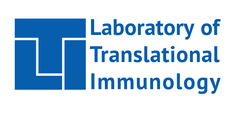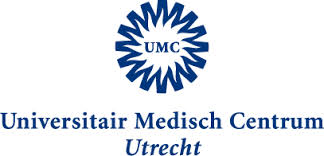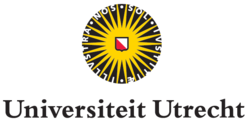
Utrecht Center for Quantitative Immunology
Lymphocyte dynamics
Our major line of the UCQI research encompasses the study of leukocyte dynamics. For decades immunologists have tried to estimate the typical proliferation and death rates of diverse leukocyte populations. Even though these rates are often regarded textbook immunology, estimates easily vary by more than 100-fold. These turnover rates are a key factor in our understanding of many immunological processes in health and disease. Moreover, we are trying to reveal how human diseases like HIV infection, and therapeutic interventions such as haematopoietic stem-cell transplantation, affect lymphocyte kinetics, but as long as there is controversy about the lymphocyte kinetics in healthy individuals, such questions remain hard to address. Thanks to recent experimental advances, including the application of stable-isotope labelling to measure cells that undergo proliferation, the time is now ripe to determine these rates of leukocyte turnover.Proper interpretation of the experimental data hinges upon the use of mathematical models; without such models, labelling curves remain merely descriptive and do not yield the quantitative turnover parameters that are needed. For instance, quantitative modeling of cellular labeling data has demonstrated the memory T cells that account for life long memory form populations of short lived cells, maintaining themselves by infrequent cell divisions. It is currently not know how the life-span of these cells, or the frequency of their renewal divisions, is regulated by the densities of the various memory T cell populations.
Five key publications
- Closing the gap between T-cell life span estimates from stable isotope-labeling studies in mice and humans. Westera L, Drylewicz J, den Braber I, Mugwagwa T, van der Maas I, Kwast L, Volman T, van de Weg-Schrijver EH, Bartha I, Spierenburg G, Gaiser K, Ackermans MT, Asquith B, de Boer RJ, Tesselaar K, Borghans JA. Blood. 2013 Sep 26;122(13):2205-12. doi: 10.1182/blood-2013-03-488411.
- Maintenance of peripheral naive T cells is sustained by thymus output in mice but not humans. den Braber I, Mugwagwa T, Vrisekoop N, Westera L, Mögling R, de Boer AB, Willems N, Schrijver EH, Spierenburg G, Gaiser K, Mul E, Otto SA, Ruiter AF, Ackermans MT, Miedema F, Borghans JA, de Boer RJ, Tesselaar K. Immunity. 2012 Feb 24;36(2):288-97. doi: 10.1016/j.immuni.2012.02.006.
- Explicit kinetic heterogeneity: mathematical models for interpretation of deuterium labeling of heterogeneous cell populations. Ganusov VV, Borghans JA, De Boer RJ. PLoS Comput Biol. 2010 Feb 5;6(2):e1000666. doi: 10.1371/journal.pcbi.1000666.
- Sparse production but preferential incorporation of recently produced naive T cells in the human peripheral pool. Vrisekoop N, den Braber I, de Boer AB, Ruiter AF, Ackermans MT, van der Crabben SN, Schrijver EH, Spierenburg G, Sauerwein HP, Hazenberg MD, de Boer RJ, Miedema F, Borghans JA, Tesselaar K. Proc Natl Acad Sci U S A. 2008 Apr 22;105(16):6115-20. doi: 10.1073/pnas.0709713105.
- Quantification of T-cell dynamics: from telomeres to DNA labeling. Borghans JA, de Boer RJ. Immunol Rev. 2007 Apr;216:35-47.
Members
Jose BorghansRob de Boer
Julia Drylewicz
Can Kesmir
Aridaman Pandit
Leila Perie
Kiki Tesselaar
Johannes Textor
Nienke Vrisekoop
Research
Epitope identificationLymphocyte dynamics
Lymphocyte migration
Relevance
More
UCQI homePhD students
Open positions/projects
Agenda
Publications (pubmed)


